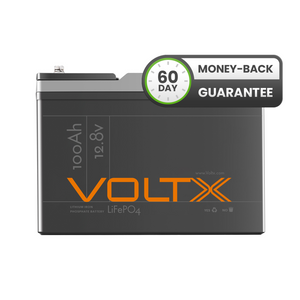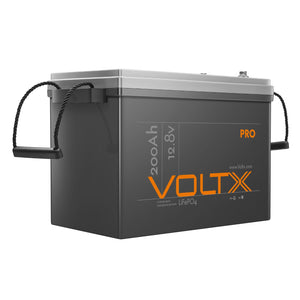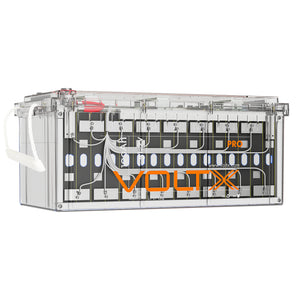Here at Outbax, we have batteries galore for every need. Batteries play a hand in the overall running costs of appliances, but in order to keep expenses down, you'll need to pick the right batteries for the job. There are two popular AA and AAA battery types: those that need to be disposed of after a single use, and those that can be recharged.
How do rechargeable batteries work?
Rechargeable AA and AAA batteries are a must for high-powered devices, like digital radios, DSLR camera accessories and remote-control cars, where a day of heavy use will suck the juice out of them. You'll need to factor in the cost of a charger, but after a dozen or so uses, rechargeable batteries more than pay for themselves.
Modern rechargeable batteries have a chemical makeup of nickel-metal hydride (NiMH). These batteries allow for a larger capacity that can hold more power for longer, compared to the older batteries based on nickel-cadmium (NiCad).
The environmentally conscious consumer should opt for rechargeable batteries, particularly if you have high-use demands. Unlike single-use batteries, which are destined to be disposed of once they run flat, rechargeable batteries can be reused several hundred times.
However, the eventual disposal of rechargeable batteries can be an issue as they're more toxic than most single-use batteries, so when it's time to retire your rechargeable batteries, sites such as cleanup.org.au can provide valuable advice on your nearest recycling centre.
Low self-discharge batteries
Rechargeable batteries lose some power every day, even when not being used, in a process known as self-discharging. If you plan on using rechargeable batteries in devices that aren't used often, then it's best to purchase a low self-discharge (LSD) battery. These batteries hold onto charge for a longer period of time when they aren't being used - the latest LSD batteries claim to retain up to 85% of their charge after 12 months of non-use, whereas standard NiMH batteries may lose 50% of their charge.
The ability to immediately use the batteries out of the packet is another handy feature of an LSD or 'ready to use' NiMH battery, particularly if you're looking to immediately power up the latest birthday or Christmas present.
How do disposable batteries work?
Disposable batteries, also known as single-use batteries, are designed to be used until they have no power left. If you depend on your device to operate straight away after long periods of inactivity, such as an emergency torch, then it's preferable to use a good alkaline single-use battery.
Lithium and alkaline batteries are functionally about the same in nearly all aspects. However, lithium batteries can be used in more powerful devices without having to worry about the battery draining too quickly, as they have a higher capacity, slightly higher initial voltage and a longer shelf life. The downside is lithium batteries are more expensive.
Breaking down the jargon
Milliampere hours (mAh): A measurement of the capacity of a battery. The higher the mAh, the longer the battery will last. If your battery is rechargeable then the mAh rating is how long the battery will last per charge.
Memory effect: Most often associated with NiCad batteries where the battery appears to fail to charge to its full capacity, instead setting itself to show fully charged at the capacity of the battery when placed in the charger.
Claimed capacity mAh: High-drain tasks such as digital photography with frequent use of the flash may benefit from a battery with a higher capacity.
Lithium-ion single use: These last the longest in high-drain devices, like digital cameras, and might be a good option for a backup when travelling. Manufacturers claim they have a shelf life of around 10 years. There are a few online sites offering rechargeable Li-Ion AA batteries. Most of these batteries have a nominal voltage of 3.7V, which will fry your electronic devices if they take normal AA batteries, so avoid them unless you know exactly what devices you have that can cope with a nominal voltage greater than 1.5V.




